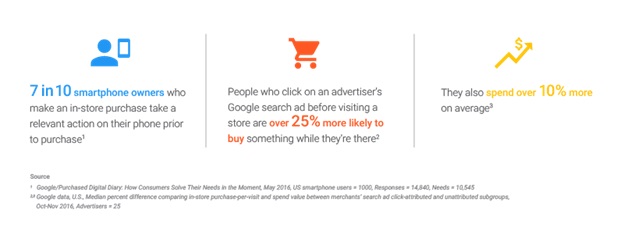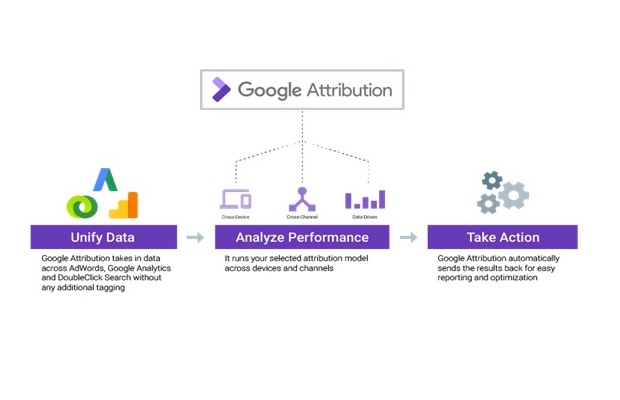Google is rolling out new analytics tools for marketers, including attribution modelling and YouTube ‘store visits’.
Google is also launching promoted places and local inventory ads for retailers to promote special offers and show what’s in stock nearby. YouTube ads will also allow viewers to find a store via “location extensions”.
“We have shown that online advertising is driving consumers into stores,” said Jerry Dischler, vice president of product management for AdWords, Google. “We want to help consumers who are online to find something in the physical world, we have a number of formats that work across search and maps that are designed to show what is in stores and can drive people into stores,” he added.
Store visits measurement will now also be available for YouTube TrueView campaigns. Store visits measurement is currently available in 17 markets: US, Canada, Australia, United Kingdom, Germany, Netherlands, Italy, Brazil, Mexico, Spain, Japan, Sweden, Norway, Denmark, Austria and Switzerland.
“Today Google’s store visits measurement is the largest scale of its kind in the world, this product is powered by machine learning and unique data powered by our Google maps product,” said Dischler.
“We are also expanding our local ads formats to video, now you can go directly from a true view video ad on YouTube, which will now show directions, store business hours and more. More importantly we’ll have the same store visit technology for the video ads so advertisers can measure all the way from a video view to store visits,” he added.
However, should a region or country have users that are more privacy sensitive and choose not to share their Google Maps location data history, the store visit measurement product will be less effective.
Store visits
In addition, Google’s new store sales measurement lets marketers measure in-store revenue in addition to the store visits sent by search and shopping ads.

“We developed a new product in the US where advertisers will be able to measure store sales impact of online advertising automatically with no integration. If we have relevant sale information for an advertiser, it will just appear on their AdWords account, just like store visits and online conversions,” said Dischler.
“Our partnerships cover 70% of all credit and debit card transactions in the United State,” he added.
Marketers will also be able to add loyalty card data at the point of sales to Google AdWords, which will be available globally at launch according to Dischler.


» Google links AI with analytics
[…] Read more at Netimperative […]